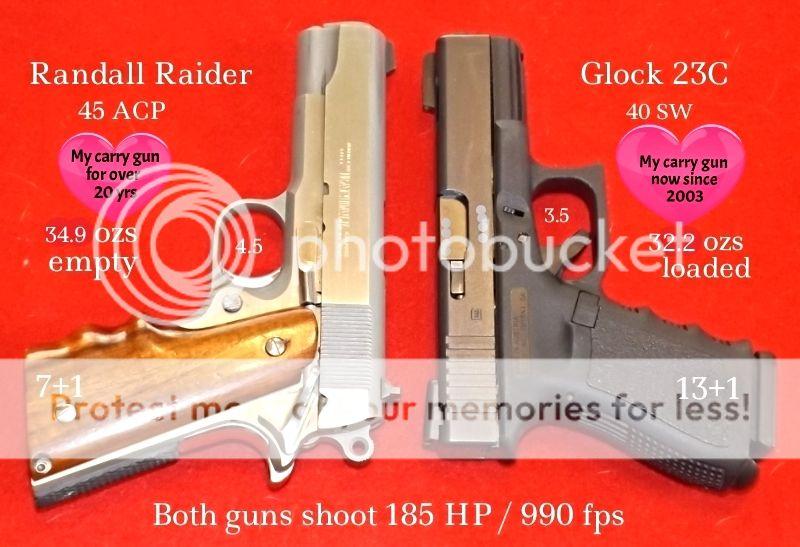Is a striker fired pistol inherently safer than hammer fired?
I recently regained interest in firearms after 30 years or so, before Glock. I was immediately confused by striker vs hammer fired pistols, and still not clear about the internal differences. I saw that striker fired pistols had a trigger "blade" safety, and frequently have no thumb safety. Then I learn this is not universally true, with the LCP II being an example of a hammer fired pistol with a trigger blade safety and no thumb safety.
When reading about this new pistol, questions were asked about firing pin safety, with the point being "is there anything to keep it from firing if the sear should (unintentionally) release the hammer without the trigger being pulled". Are these questions being asked because the LCP II is hammer fired, rather than striker fired? So I ask the question ...
Is a striker fired pistol inherently safer than hammer fired?
Merus
I recently regained interest in firearms after 30 years or so, before Glock. I was immediately confused by striker vs hammer fired pistols, and still not clear about the internal differences. I saw that striker fired pistols had a trigger "blade" safety, and frequently have no thumb safety. Then I learn this is not universally true, with the LCP II being an example of a hammer fired pistol with a trigger blade safety and no thumb safety.
When reading about this new pistol, questions were asked about firing pin safety, with the point being "is there anything to keep it from firing if the sear should (unintentionally) release the hammer without the trigger being pulled". Are these questions being asked because the LCP II is hammer fired, rather than striker fired? So I ask the question ...
Is a striker fired pistol inherently safer than hammer fired?
Merus

